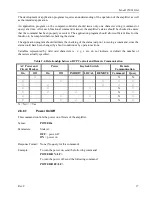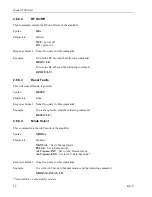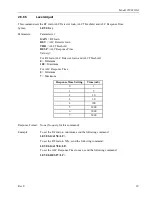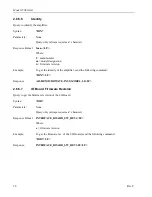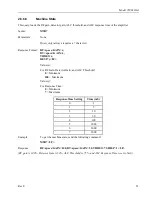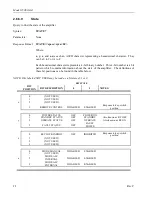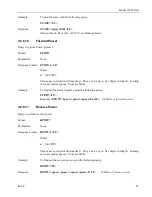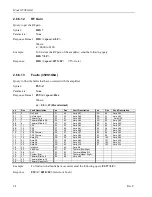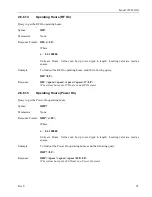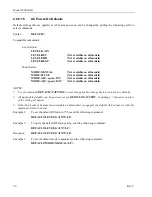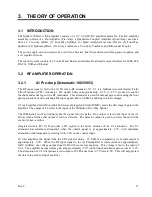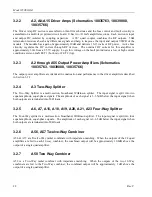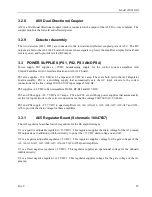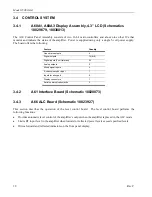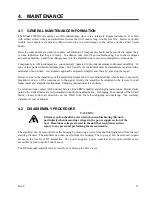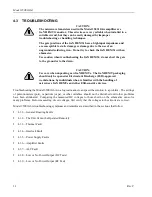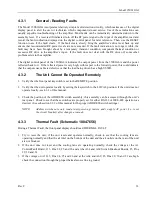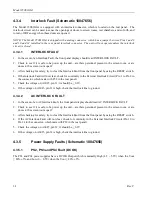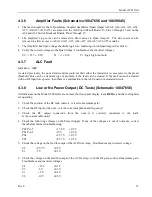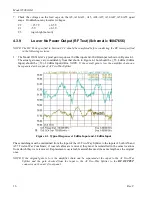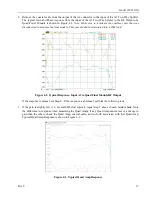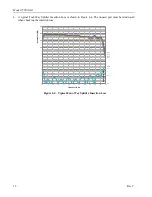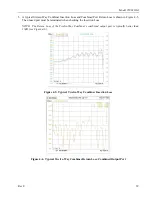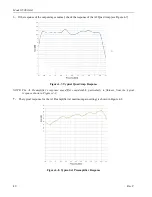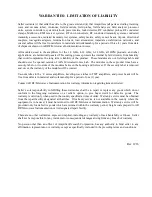
Rev C
31
4. MAINTENANCE
4.1 GENERAL MAINTENANCE INFORMATION
The Model 350S1G6A requires very little maintenance since it is a relatively simple instrument. It is built
with etched circuit wiring and solid-state devices that will ensure long, trouble free life. However, should
trouble occur special care must be taken in servicing to avoid damage to the devices or the etched circuit
board.
Since the components are soldered in place, substitution of components should not be resorted to unless there
is some indication that they are faulty. In addition, take care when troubleshooting, not to short voltages
across the amplifier. Small bias changes may ruin the amplifier due to excessive dissipation or transients.
Components in AR instruments are conservatively operated to provide maximum instrument reliability. In
spite of this, parts within an instrument may fail. Usually, the instrument must be immediately repaired with a
minimum of down time. A systematic approach can greatly simplify and, thereby, speed up the repair.
However, due to the importance of the amplifier's alignment, it is recommended that when failure is caused by
breakdown of any of the components in the signal circuits, the amplifier be returned to the factory for part
replacement and amplifier realignment. Shipping instructions are as follows.
To return an item, contact AR Customer Service for an RMA number and shipping instructions. Returns from
outside the United States are not permitted without prior authorization. If shipping from outside of the United
States, closely follow all directions on the RMA form for return shipping and marking. See warranty
statement at rear of manual.
4.2 DISASSEMBLY PROCEDURE
CAUTION:
Extreme caution should be exercised when troubleshooting this unit,
particularly when measuring voltages in the power supply section of the
unit. Hazardous voltages do exist in the unit that could cause serious
injury to any personnel performing the measurements.
The amplifier can be removed from the housing by removing screws from the front panel and from the rear
securing brackets. The amplifier can then be slid from the housing. The top cover can be removed to gain
access to the low-level RF assemblies. The power supplies, power combiner and remote interfaces are
accessible by removing the bottom cover.
The RF final quad amplifiers are accessible by removing the side covers.

